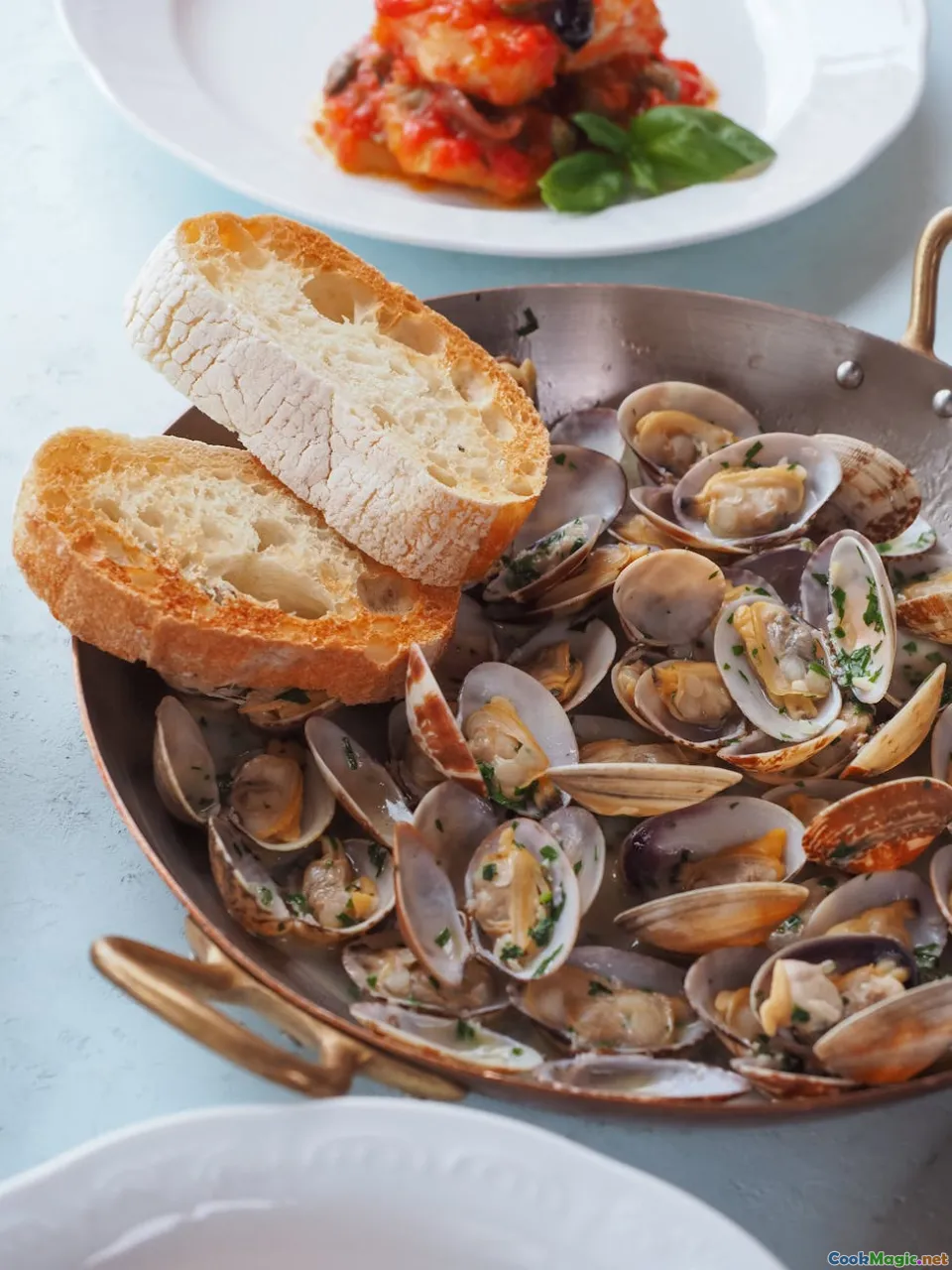Culinary Adventures in Montenegro
8 min read Embark on a flavorful journey through Montenegro's rich culinary landscape, from coastal seafood to mountain delicacies and vibrant local traditions. April 22, 2025 11:00
Culinary Adventures in Montenegro
Nestled along the shimmering Adriatic coast and embraced by rugged mountain ranges, Montenegro is a land of striking natural beauty and profound culinary traditions. For the adventurous palate, exploring Montenegrin cuisine is akin to uncovering a hidden treasure chest—each dish tells a story of history, geography, and cultural resilience. Join me as I take you on a gastronomic voyage through this Balkan jewel, where every bite offers an authentic taste of its soul.
An Introduction: A Land of Flavors and Stories
Imagine walking through narrow, winding streets in Kotor or strolling along the pebble beaches of Budva, the salty sea breeze mingling with the aroma of freshly grilled fish. Montenegro's cuisine is a reflection of its diverse landscape—coastal villages influenced by Mediterranean freshness and mountain towns offering hearty, rustic fare. This combination creates a dynamic culinary tapestry that promises surprises at every turn.
The Heart of Montenegrin Food: Cultural and Historical Roots
Montenegrin cuisine is deeply rooted in its tumultuous history and geographic diversity. The country’s strategic position along ancient trade routes has infused its dishes with a rich mosaic of Mediterranean, Ottoman, and Slavic influences. Traditional cooking methods—such as slow roasting, smoking, and fermentation—have been passed down through generations, preserving the authenticity and soul of Montenegrin flavors.
Coastal Delights: Seafood and Olive Oil
Fresh from the Adriatic
The coast of Montenegro offers an abundance of seafood that is both simple and sublime. Imagine biting into a freshly caught sardine, its flesh tender and flavorful, drizzled with golden olive oil and a squeeze of lemon. Grilled octopus, with its smoky aroma and chewy texture, is a staple enjoyed in seaside tavernas—each bite a testament to the sea’s bounty.
Olive Oil: The Liquid Gold
Montenegro's olive groves produce some of the region’s finest extra virgin olive oils—rich, peppery, and aromatic. Olive oil is not just a condiment but a fundamental ingredient in marinades, dressings, and even baked goods. Visiting a local olive oil producer and tasting freshly pressed oils is an eye-opening experience, revealing the depth of Montenegro’s agricultural heritage.
Mountain Flavors: Rustic and Robust
The Heart of the Hinterlands
Venture into the mountainous interior, where the cuisine shifts to hearty, filling dishes designed to sustain shepherds and villagers through harsh winters. Here, the emphasis is on meat, dairy, and locally grown vegetables.
Njeguški Pršut and Cheese
One cannot visit Montenegro without sampling Njeguški pršut—dry-cured ham aged to perfection over months, offering a smoky aroma and melt-in-the-mouth texture. Paired with local cheeses like sir and kajmak (a creamy dairy spread), it’s a simple yet indulgent flavor combination.
Mountain Stews and Breads
Slow-cooked stews such as 'kacamak'—a hearty cornmeal dish—or 'kačamak'—a thick, cheesy mash—are comfort foods that warm the soul. Accompanying these are freshly baked bread, often cooked in traditional wood-fired ovens, with crusts crispy and interiors soft.
Traditional Dishes: A Culinary Time Capsule
Čevapi and Lepinja
A Balkan classic, čevapi are small grilled sausages made from minced meat, usually served with flatbread (lepinja), chopped onions, and ajvar (pepper-based condiment). The smoky aroma and juicy texture make it a favorite street food.
Burek
This flaky pastry, filled with meat, cheese, or spinach, is a staple breakfast or snack. Its crispy layers and savory fillings evoke a sense of home and comfort.
Kačamak
A mountain delicacy, kačamak is a rustic dish of boiled potatoes or cornmeal, often served with cheese or bacon. Its simplicity hides a depth of flavor that’s both nostalgic and satisfying.
Modern Montenegrin Cuisine: Tradition Meets Innovation
While traditional dishes dominate, contemporary Montenegrin chefs are experimenting with fusion and presentation, elevating local ingredients to gourmet heights. From seaside restaurants offering modern reinterpretations of classic seafood to mountain taverns serving organic, farm-to-table fare, the culinary scene is vibrant and evolving.
Personal Reflections: An Authentic Taste of Montenegro
During my visit, I found myself drawn to the warmth of local hosts who generously shared their culinary secrets. One evening in a small village near Lake Skadar, I tasted homemade goat cheese paired with regional honey—an explosion of sweet and savory that lingered on my palate. The experience was not just about food but about community, tradition, and the enduring spirit of Montenegrins.
Tips for the Foodie Traveler
- Seek out local konobas: Family-run taverns often serve the most authentic dishes.
- Visit markets: The open-air markets brim with fresh produce, cheeses, and cured meats—perfect for sampling and understanding local flavors.
- Attend a cooking class: Many villages offer opportunities to learn traditional recipes firsthand.
- Explore regional specialties: Each area has its unique dishes—don’t miss trying the seafood in coastal towns or mountain stews inland.
Final Thoughts: A Culinary Journey Worth Taking
Montenegro’s culinary landscape is a captivating blend of tradition, geography, and passion. It offers a sensory adventure that resonates long after the meal ends. Whether you’re savoring a seafood platter overlooking the Adriatic or indulging in mountain meats by a crackling fire, the flavors of Montenegro evoke a deep sense of place and history.
So, pack your curiosity and appetite—Montenegro awaits with open arms and a table full of unforgettable tastes. Your culinary adventure here promises not just a feast for the senses but a journey into the very heart of Montenegrin life.









